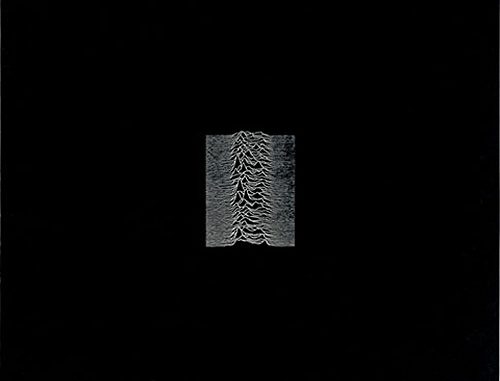
From Phil Hebblethwaite at the BBC
If you made it out to Record Store Day over the weekend and picked up a few releases, you’ll know that one of the great joys of owning old-fashioned records is gorging on the artwork in full size. Over the decades, artists and designers have made incredible use of the 12″ squared space, creating work that does far more than accompany the music. And despite the feeling that, first, the size of a CD case, and now streaming, have taken something out of the creativity of album art, there’s still wonderful imagery being created for our favourite artists today.
Alex Steinweiss
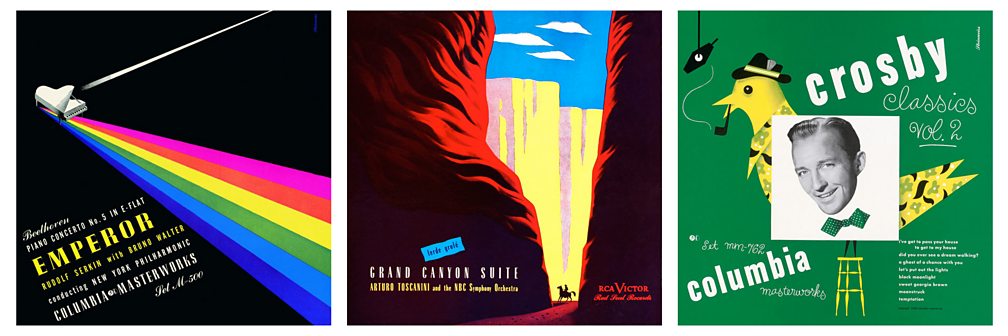
The album cover as art form begins with Alex Steinweiss, an American designer who was hired by Columbia Records in 1938 and went on to also create imagery for Remington, Decca and Everest. It’s thought that he designed 2,500 covers in a career that lasted into the 1970s and you could argue that he’s never been bettered. He mostly did classical sleeves, as well as jazz and some pop, and it might well be that his 1942 cover for Rudolf Serkin and the New York Philharmonic performing Beethoven‘s Emperor Concerto (above) was the inspiration on British design group Hipgnosis’s iconic sleeve for Pink Floyd‘s Dark Side of the Moon.
Reid Miles
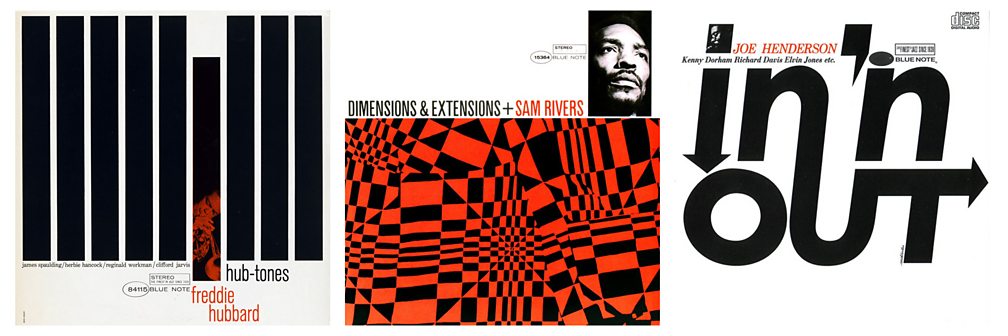
Think Blue Note Records, one of the greatest jazz labels of all time, and you’ll no doubt think of Reid Miles and the stunning, modernist artwork he created for them in the 1950s and 1960s, often using photography by Francis Wolff. Miles designed some 500 sleeves while at the label and, according to a 1990 article in Eye Magazine, only made about “50 bucks” for each commission. Also, he didn’t like jazz much. Richard Cook in his book Blue Note Records: The Biography says that Miles preferred classical music and used to give away copies of albums that he’d created artwork for to friends, or sell them to record shops.
Peter Saville
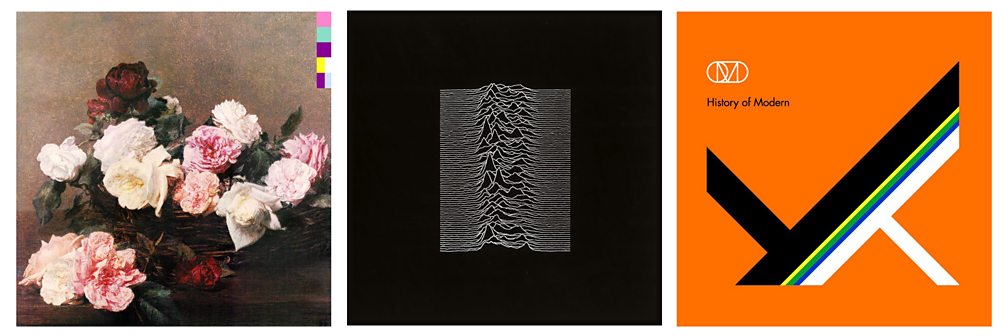
Peter Saville is another artist closely associated with a particular label – Manchester’s Factory Records – although he also worked as art director of Virgin Records imprint, Dindisc, and created covers for groups as diverse as Roxy Music (Flesh and Blood), Wham!(Music from the Edge of Heaven) and Suede (Coming Up). At Factory, all Joy Division sleeves were Saville creations, and, with British-Canadian designer Brett Wickens, he was also behind the die-cut packaging for 1983 New Order 12″ Blue Monday, which was so expensive to produce that, according to Factory boss Tony Wilson, the label lost 5p on each copy sold in its initial run.
Derek Riggs
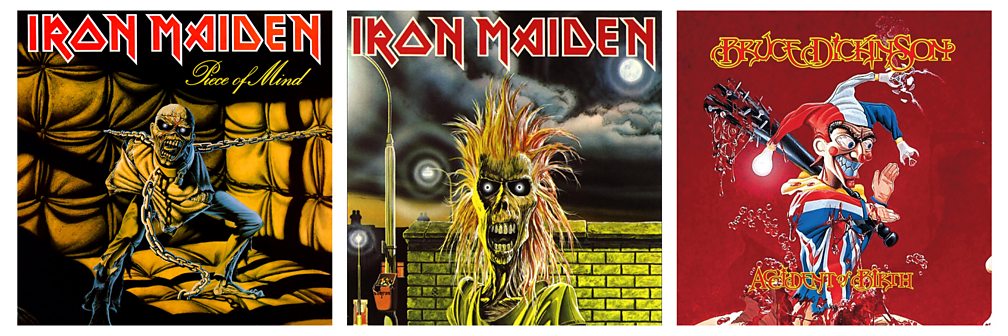
Self-taught artist Derek Riggs came up with Iron Maiden‘s mascot character, Eddie, and designed the group’s sleeves up to 1990’s No Prayer for the Dying, after which other artists were employed to create variations on his work. This has been controversial. In Mick Wall’s book Iron Maiden: Run to the Hills, Maiden manager Rod Smallwood is quoted as saying, “We wanted to upgrade Eddie for the 90s,” but many fans think the band deserted Riggs. In 2014, a petition was started to ‘Bring Back Derek Riggs’, attracting more than 3,000 signatures. Riggs also worked for Maiden singer Bruce Dickinson on his 1997 album Accident of Birth, and with German power metal band Gamma Ray.
Vaughan Oliver

Vaughan Oliver’s work is unique – quite unlike most album cover design and a key part of the aesthetic of indie label 4AD in their early days. Influenced by Salvador Dali, his imagery can be both mysterious and surreal, as you’ll know from his classic Pixiescovers like Doolittle (1989), Bossanova (1990), and Trompe Le Monde (1991). At 4AD, Oliver has also worked with The Breeders, Cocteau Twins and This Mortal Coil, and said of the above Breeders cover, to Time Out: “A male fertility dance, in response to some very visceral music from an almost all-girl band. Kim Deal has a sense of humour, to which I was trying to appeal.”
Peter Blake
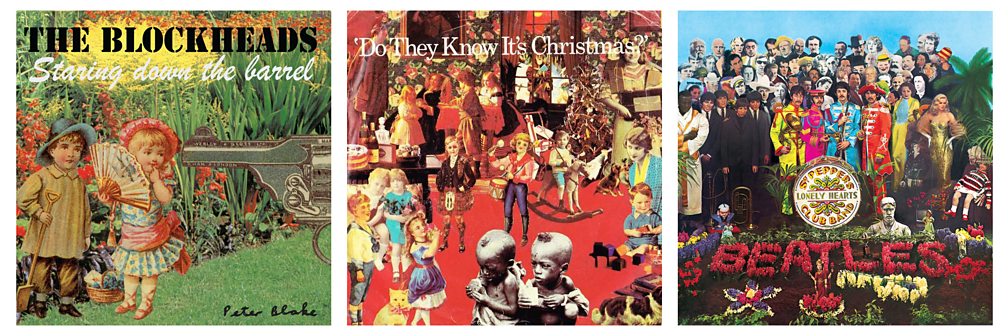
Perhaps the most iconic album cover of all – the design for The Beatles‘ Sgt. Pepper’s Lonely Hearts Club Band – was created by British pop artist Peter Blake, and he was also behind the sleeve for Band Aid‘s Do They Know It’s Christmas?, the second biggest-selling single of all time in the UK (after Elton John‘s Candle in the Wind 1997). Blake was a tutor at the Royal College of Art in London and counted Ian Dury among his students in the mid-60s. Blake painted him for the cover of Dury’s 1977 debut album, New Boots and Panties!!, and he also created the sleeve for 2009’s Staring Down the Barrel by The Blockheads, Dury’s band.
Roger Dean
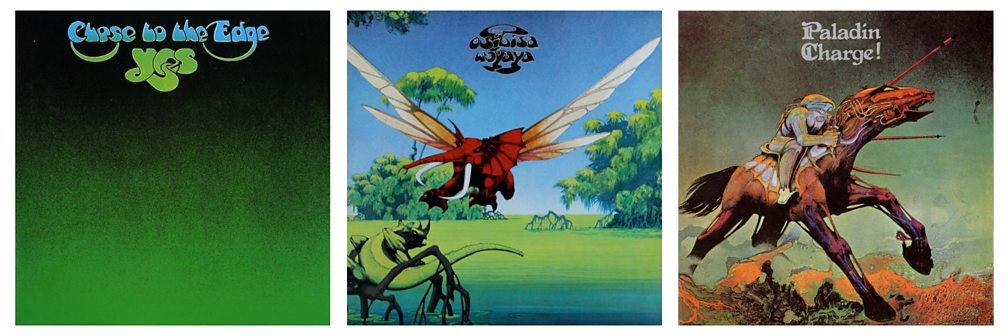
Vaughan Oliver was hugely influenced by Roger Dean. “I wanted to design record sleeves from the moment I went to see a Roger Dean lecture in Durham when I was 15,” he told the Guardian. “His sleeves weren’t about how the band looked, but the use of imagination.” Most closely associated with prog rock, and especially Yes, Dean’s work often features fantasy landscapes or other-worldly, dystopian scenes and he’s been noted for his bold use of original typography, too. Dean has also worked in the gaming industry, creating artwork for developer Psygnosis and even redesigning the Tetris logo.
Storm Thorgerson
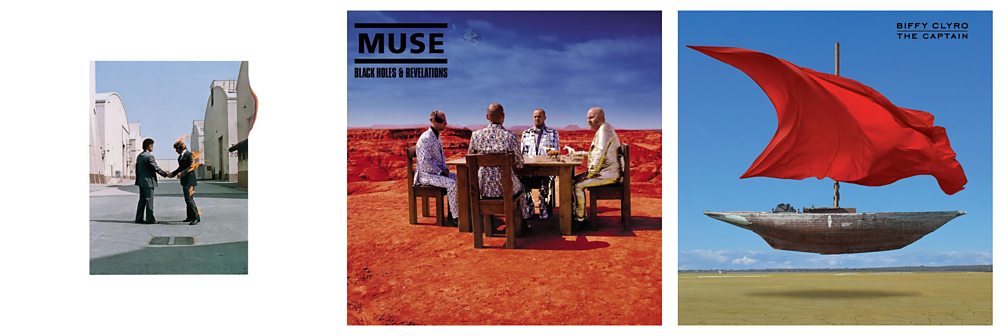
Storm Thorgerson created epochal imagery from every era of music since the 1960s. He was part of Hipgnosis, who designed Pink Floyd‘s Dark Side of the Moon artwork, and he subsequently worked on countless other covers for the band, as well as with 10cc, Peter Gabriel, Muse, Led Zeppelin, Biffy Clyro, ELO and Wings. After he died in 2013, Pink Floyd drummer Nick Mason said he would be remembered for his “great ideas and high, sometimes infuriatingly high, standards… Two days before he passed away, and by then completely exhausted, he was still demanding approval for artwork and haranguing his loyal assistants.”
Get these albums and more iconic sleeve art at eil.com
eil.com – the world’s best online store for rare, collectable and out of print Vinyl Records, CDs & Music memorabilia since 1987

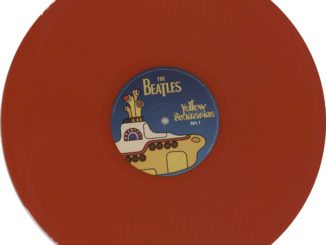


Be the first to comment